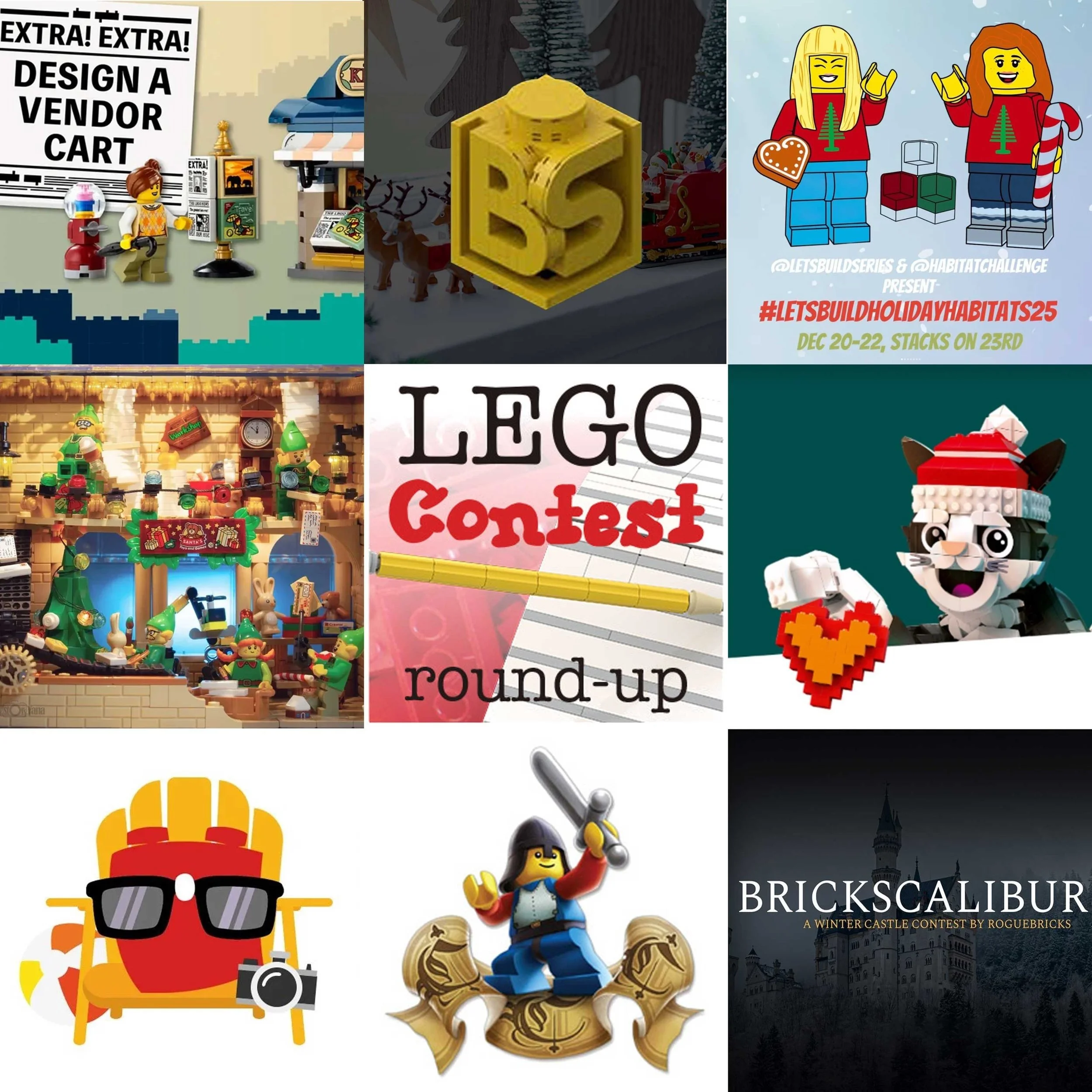Review - The LEGO Neighborhood Book
/When LEGO introduced the Cafe Corner back in 2007 I had a feeling they were on to something big. Of course the set was amazing, but because of the modular construction of not only the levels of the building, but also the standard for adjoining buildings, the set offered promise. Promise of not only future sets, but also the promise of the building community bringing their own neighborhoods to life.
Well, builders and authors Brian and Jason Lyles have done just that, and now they have a book to share their love of modular buildings.
The LEGO Neighborhood Book from the fine folks at No Starch Press focusses on the Cafe Corner standard and includes instructions for not only five outstanding buildings, but also tons of cool little exterior and interior details like traffic lights, benches and furniture.
The book starts with an introduction to the Cafe Corner standard, as well as a ton of building tips like colors and symmetry. Once you have a good base knowledge of the standard, you can move on to create smaller models. Several examples are shown, some with step by step instructions, so you can find inspiration and learn some building techniques.
Once you have a good idea what's going on in and around your buildings it's time to get down to the real meat and potatoes, the buildings themselves. The main model (or at least the biggest) is the Corner Drugstore. The instructions are pretty much just like LEGOs (albeit with a slightly different aesthetic) but anyone familiar with LEGO instructions will feel right at home with these. They are clean and well rendered, with standard callouts and parts lists per step. Builders had better be ready for a lot of parts scrounging, but luckily the hundreds of parts needed for the models are laid out at the beginning of each chapter in a bill of materials.
Once you have the Corner Drugstore done it is time to move on to the other buildings, and this is where it gets even more clever. The authors have taken modular building to the next level by creating a standard base building that you then decorate the front of with a facade. I'm sure once you've built the four facades in the book you'll have tons of ideas on how to make your own facade, so the building fun can just go on and on. The facades are simple, but it's amazing how they completely transform the base building. Plus you can add additional stories to really switch things up. You can have a whole small city in no time at all.
Overall I'm really impressed with this book. It showcases some really excellent models, buildings and introduces a great new idea in modular building. The book is nicely printed on quality stock and has a very good feel to it. I do have one complaint, the cover is a bit stiff. It's like something between hardbound and paperback (card back?) which can make using the book difficult. It gives the book a very quality feel in your hands, but as an instruction book you need it to lay flat while you build. In the middle of the book this is fine, but at the beginning and end it simply won't do that unless you seriously break it in. Yes, it's a minor complaint (and whiny, "gee this cover is just too high quality"), but something to consider.
If you're into city building, or want to add some great buildings to your train layout (or really, just want to build some cool stuff) this book is for you. I give it 5 out of 5 Nerdlys.
If you'd like a copy of this fine book please consider supporting BrickNerd by using this link.




















